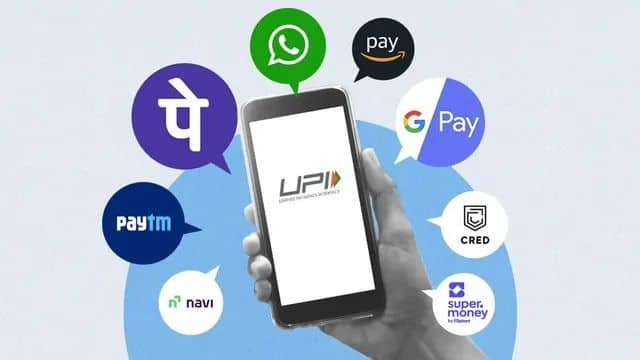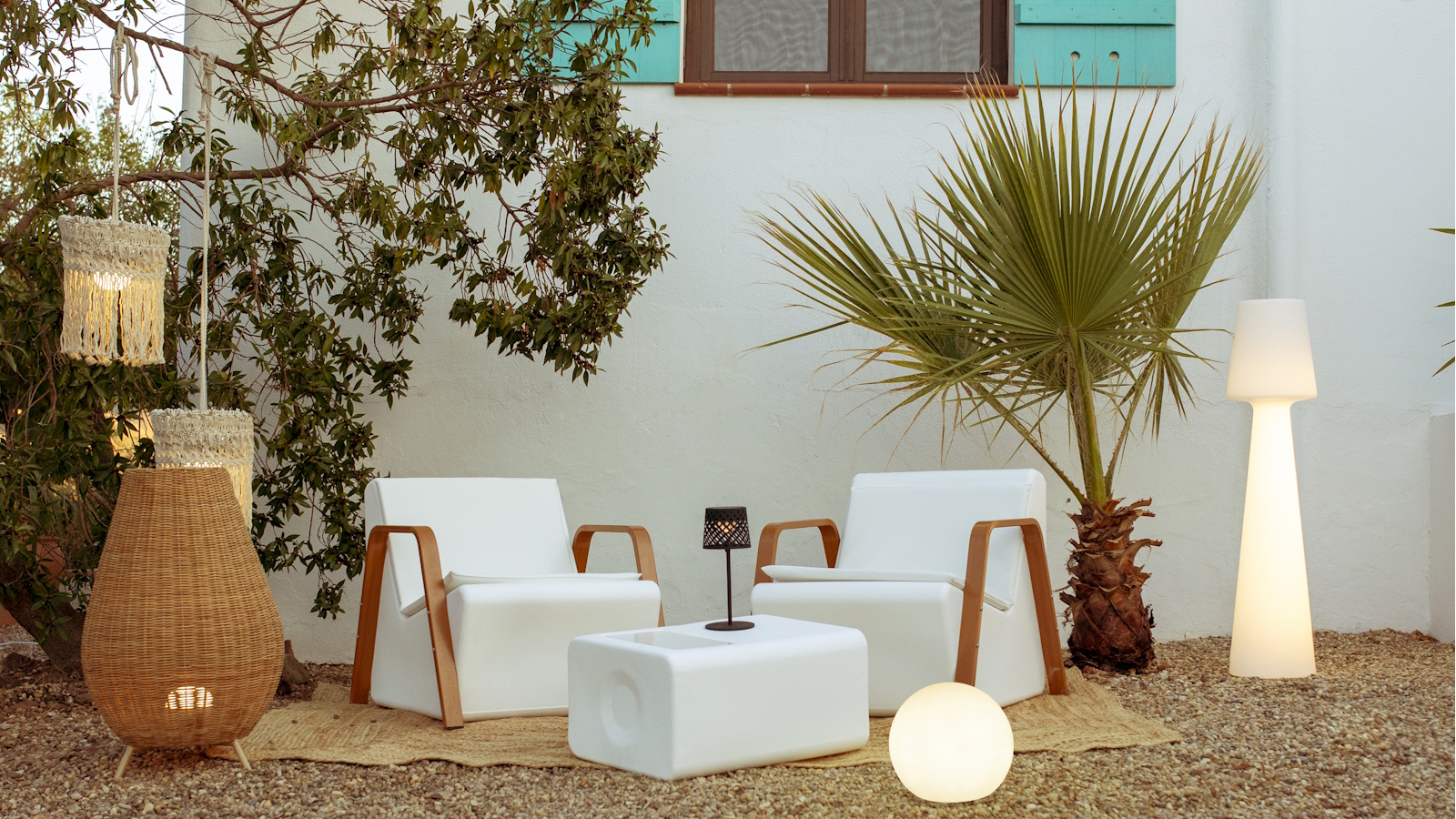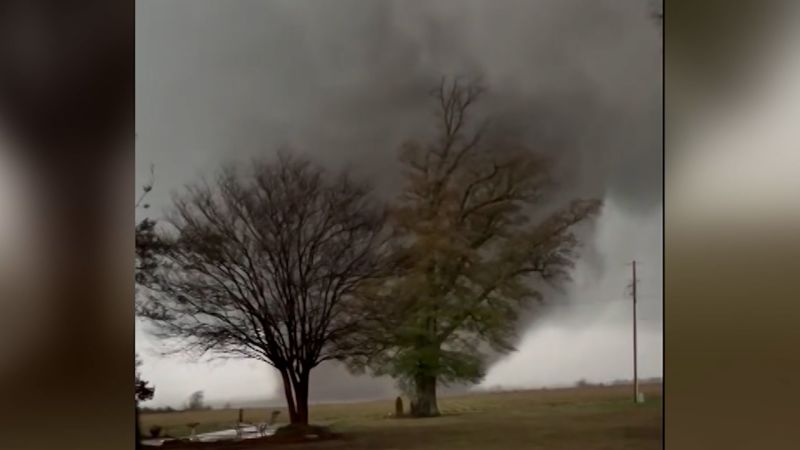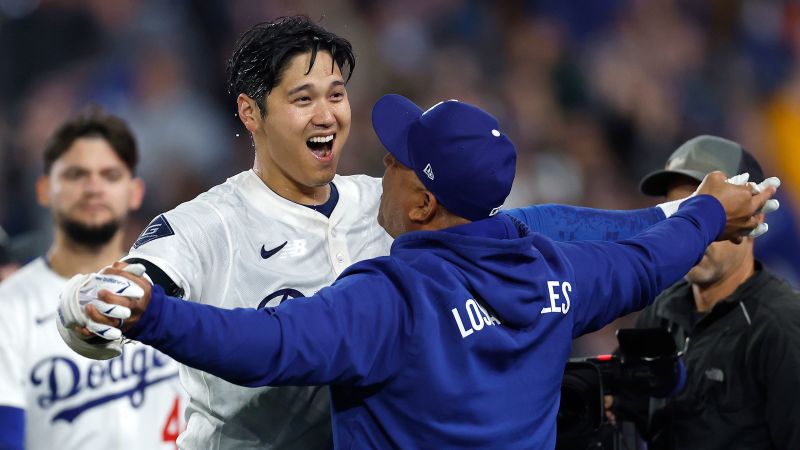
Greg Cabana, a veteran government teacher, remembers a time where his job as an educator felt secondary to being the phone police. “It was absolutely every class period,” Cabana told CNN. “It wasn’t the question of if students would have their cell phones out, it was just a question of how much would they?” This year, however, he’s no longer fighting that battle.
Wakefield High School in Arlington, Virginia is part of a pilot program for the district that launched in September 2024, requiring students to put their phones inside magnetic locking pouches every morning. At the end of the day, they use a specialized box to unlock them. It comes after the state’s Republican Gov.

Glenn Youngkin issued an executive order last July requiring districts to move towards “phone-free education” in 2025. In that order, Youngkin wrote the move was meant to “promote a healthier and more focused educational environment.” A rocky start On the first days under the new policy, students were hesitant to part with their devices.
“When I walked into the cafeteria right after we got them, all you could hear is the banging. Everyone was banging their pouch,” Lucas Lopez, a junior at Wakefield, said. Cabana, for his part, said the initial resistance justified the need for a drastic policy change.
“They’re going through this kind of trouble to this extreme. This shows how this dependency has really turned into an addiction, not dissimilar from a drug,” Cabana said. Between July 2021 and December 2023, one-half of teenagers ages 12–17 reported four hours or more of daily screen time, according to US Centers for Disease Control and Prevention data.
Wakefield students admit their screen time before the ban was oftentimes much higher. Proponents for phone restrictions or bans point to fewer distractions in the classroom. After an adjustment period, students at Wakefield attest they’ve felt more present and focused on the instruction.
“I remember the first day I was sitting in physics, my phone was locked up in my bag and I kept reaching for it, but I couldn’t, and the only thing I could do was sit on my computer and listen,” junior Alex Heaton said. “It was so freeing,” he added. Though it’s too soon to figure out if the bans have corresponded to better academic performance, Cabana says he believes it’s “undeniable that the achievement will be there.
” It’s already clear that students are socializing with their peers in a renewed way. Senior Gabrielle Harber said the ban led to a realization that phones were giving people “an excuse to be isolated.” “People actually talk to each other at lunch now,” she said.
“It’s very adorable. They’re hanging out, like something out of a movie.” Interpersonal violence has been at a record low, too, with one student saying she hadn’t seen a single fight this school year.
Phone bans emerge as a rare bipartisan issue While Wakefield is a guinea pig for its district by implementing the pouches, phone-free schools are becoming more common across the country. Besides Virginia, eight other states have introduced state-wide policies that ban or restrict cell phone use in schools. And 15 other states plus the District of Columbia have introduced state-wide legislation to do the same.
The policies vary from state to state: Some keep phones away from “bell to bell,” while others provide exceptions for teacher-approved activities and special education purposes. The issue is a rare instance of bipartisanship – with state leaders on both sides of the aisle using mental health to justify the orders. “We know that excessive smartphone use increases anxiety, depression, and other mental health issues – but we have the power to intervene,” California Gov.
Gavin Newsom, a Democrat, said in an executive order . “We have seen a staggering rise in mental illness among young people over the past decade. The culprit is clear: unrestricted access to smartphones and social media,” Arkansas Gov.
Sarah Huckabee Sanders, a Republican, echoed . Working out the kinks Not every educator is on board with the trend. Brandon Cardet-Hernandez, a former public-school principal and senior education adviser to New York City Mayor Bill de Blasio, believes banning phones is ignoring how integrated they are in younger generations’ lives.
“We have to teach digital literacy skills,” he said. “Kids need to know how to use social media and by an outright ban of smartphones in schools, we are not getting any closer to teaching those skills.” Cardet-Hernandez also says the “most vulnerable and the most under-resourced schools,” where low-income students rely on school buildings for reliable Wi-Fi, are being forgotten in the discussion.
Others have pointed out that the policy does not address what happens in case of an emergency if phones are locked away. “All the parents would be going crazy because they can’t text their kids,” Heaton said. Cabana, the teacher, said he understands that concern but believes that the possibility of misinformation running rampant is a “hindrance to keeping students safe.
” Though the kinks are getting figured out at Wakefield, Cabana says he’s mostly grateful for returning to his true passion: teaching. “I love my job,” he said. “We’re not constantly monitoring and reprimanding students for phones.
We’re back to engaging.”.















